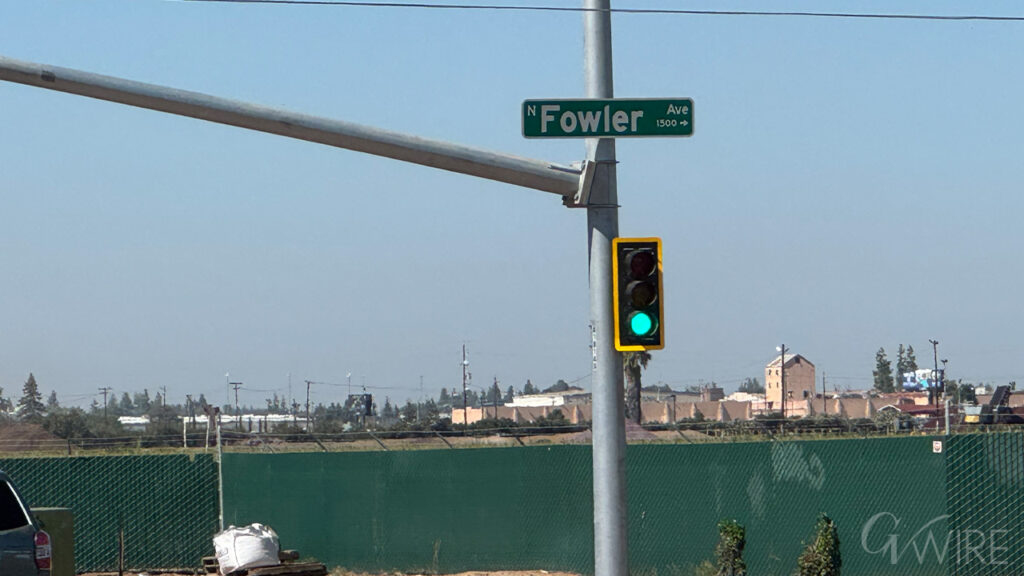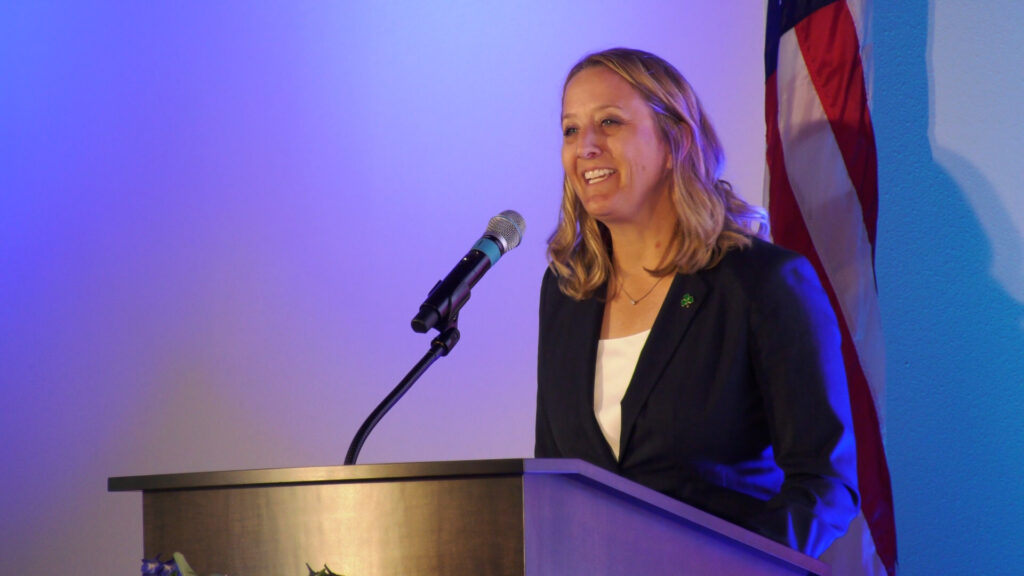Share
Nearly a decade ago, the Legislature and then-Gov. Jerry Brown overhauled school financing with the declared goal of closing a stubborn “achievement gap” separating poor and English-learner students from their more privileged peers.
Although the Local Control Financing Formula (LCFF) directed more money to improve the education of kids deemed to be at “high-risk” of failure, and many billions of dollars have been allocated to that purpose over the years, there’s scant evidence that the gap has been narrowed, much less closed.

Dan Walters
Opinion
Critics have charged that many local school districts, under pressure from advocates for other purposes, didn’t focus the extra money on the targeted students. Advocates for the children who need help have been forced in some cases to sue, especially in large urban districts in which school politics are a blood sport.
That said, there’s anecdotal evidence that some school districts, especially in rural areas, are making noticeable strides in closing the achievement gap. In smaller communities, schools are seen as vital civic institutions rather than political arenas, so parents and voters have influence that those in large cities lack.
Brawley and Livingston Noted for Successes
Three years ago, EdSource, a journalistic website devoted to California education, highlighted the impressive educational gains made in Brawley, a farm town in Imperial County.
Brawley Union High School Principal Jesse Sanchez was appalled by the writing of his students, EdSource reported, and “responded by creating a school-wide program that requires all students to write regularly in every class, including P.E., where earlier this year, students wrote about what they had learned regarding muscle anatomy and weight training.”
“Over the past three years, the school, which serves about 1,670 students, has seen its scores soar on these tests aligned to the Common Core standards, which high school juniors take each spring,” EdSource found.
Recently, EdSource highlighted another rural success, this time in Livingston, a Merced County town best known as the headquarters of the Foster Farms poultry empire.
It focused on Alma Lopez, a counselor at Livingston Middle School who persuaded her bosses to devote a big chunk of LCFF money to improving counseling services and expanding their reach into helping not only students but their families, many of which are poor.
“A lot of families in our district moved to the U.S. in search of a better life for their kids,” Lopez, the daughter of immigrants from Mexico, told EdSource. “As someone who’s been there, I want to make sure every student has the opportunities they deserve.”
‘Hardships I Can’t … Comprehend’
“The needs are many. … Some students have endured hardships I can’t even comprehend,” Lopez said. “But I fell in love with the Livingston community. It reminded me of my own childhood in the rural valley. There’s a strong sense of family, and everyone takes care of one another.”
“Livingston now has five counselors for its K-8 student population, and Lopez has designed a comprehensive, districtwide counseling program that serves students as well as their families,” EdSource wrote. “The investment appears to have paid off. Livingston Union School District has a chronic absenteeism rate and suspension rate that is far lower than the state average, and English and math standardized test scores are consistently improving, according to the California School Dashboard.”
The American School Counselor Association last month honored Lopez as the national counselor of the year. She is living proof that kids from impoverished backgrounds can succeed if educators make the effort.
One wonders why state politicians and education officials don’t insist that the successful efforts in Brawley, Livingston and other small communities be replicated elsewhere, especially in the big cities.
About the Author
Dan Walters has been a journalist for nearly 60 years, spending all but a few of them working for California newspapers. He now writes for CalMatters, a public interest journalism venture committed to explaining how California’s state Capitol works and why it matters. For more columns by Dan Walters, go to calmatters.org/commentary.
RELATED TOPICS:
Categories

One Dead After Head-On Crash on Highway 59 in Merced County

















